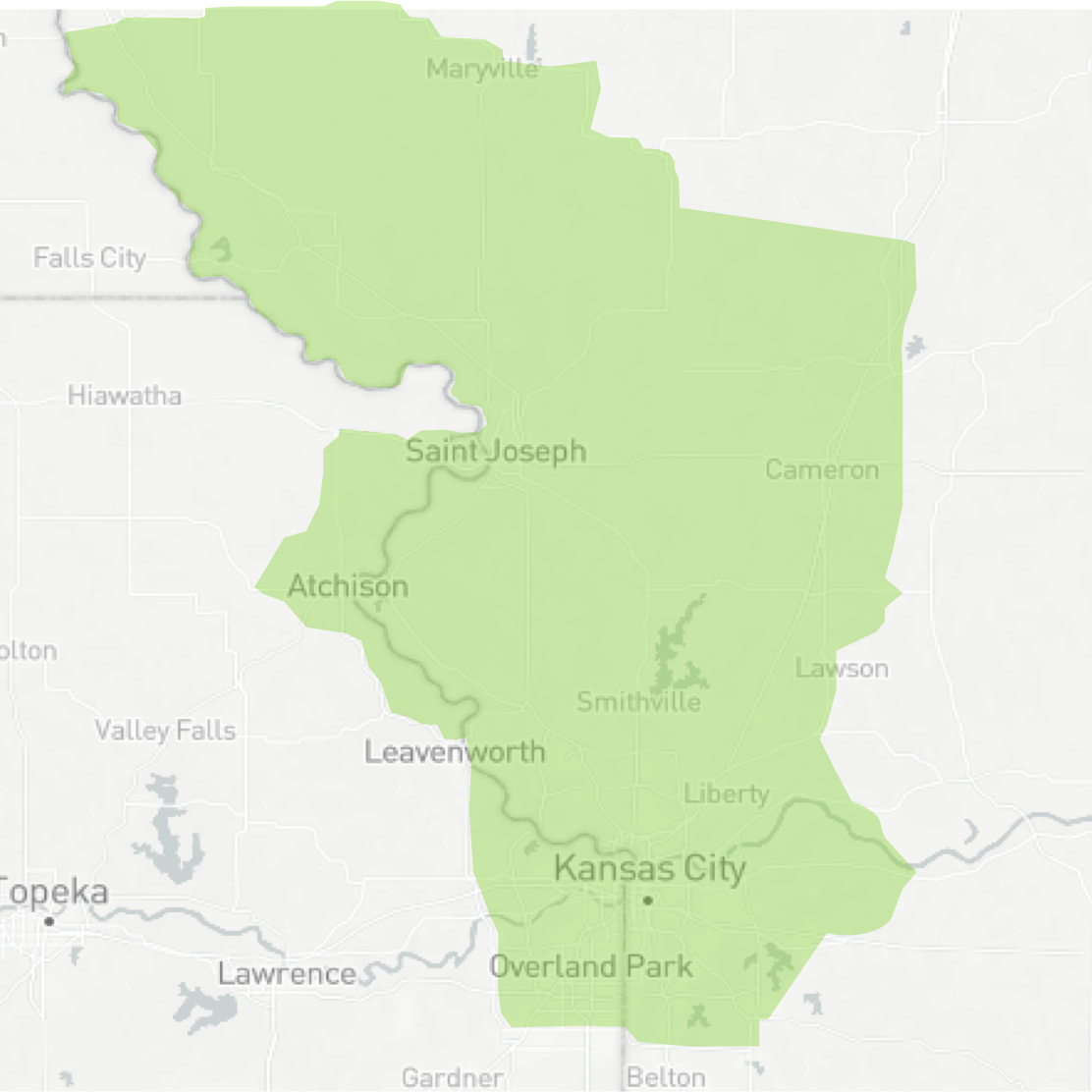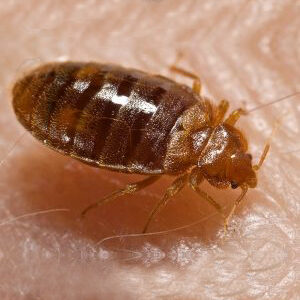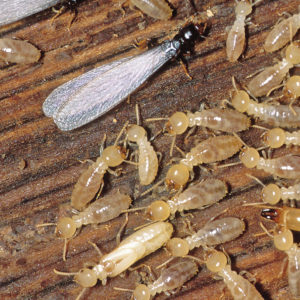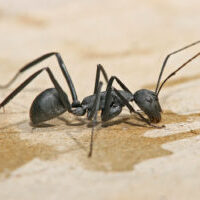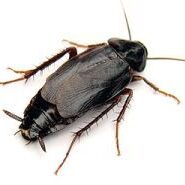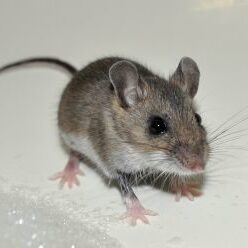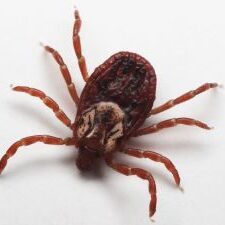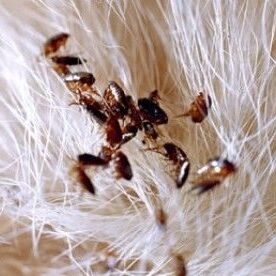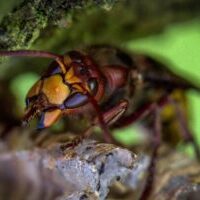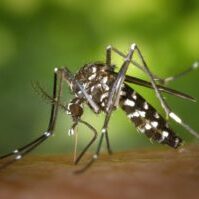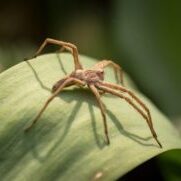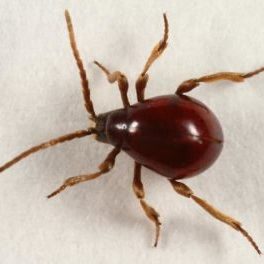
SPIDER BEETLES
Spider beetles are small beetles belonging to the family Anobiidae. They are called spider beetles because they look somewhat like small spiders (or large mites) due to their long legs and relatively large, rounded abdomens. Spider beetles are not common pests but can become numerous in certain situations. They are general scavengers and can be found in pantries, museums, grain mills, warehouses, and attics.
The American spider beetle adult is from 1.5 to 3.5 millimeters in length and has a dark reddish-brown to black, shiny, globular abdomen. The head, thorax, legs, and antennae are covered with hairs that are a pale yellow to cream color, further mimicking a spider.
The Whitemarked spider beetle adult is from 2 to 4.3 millimeters long and are light brown in color with patches of white hairs on the wing covers. However, the white patches are frequently rubbed off of older beetles. Males have a thinner and more elongated abdomen than the females.
The Smooth spider beetle adult is similar in shape and color to the American spider beetle. However, the head, thorax, legs, and antennae are the same color as the abdomen. This species, more than the other spider beetles, resembles a large, reddish mite.
The larvae of all three species are “C” shaped, like most beetle larvae, and are cream colored with light brown heads. The length is dependent on the age of the larvae but can reach 3.5 to 4 millimeters. All three species have similar life cycles and have been reported to feed and reproduce on a wide variety of food stuffs, including almonds, animal skins, beans, books, bones, cereals, chocolate powder, corn meal, dates, dead insects and insect collections, dried fruits, drugs derived from powdered leaves, excrement (dried), feathers, figs, flour, grains, hair, leather, maize, old wood in houses, rye bread, seeds, silk, spices, and more.
Spider beetles prefer to forage at night or in dark locations and are consequently seldom seen. They also prefer damp locations and will readily feed on food stuffs spoiled by moisture. They can be found within walls and attics, in the floors, and in the nests of birds and rodents. They can be active at temperatures below freezing and will have from one to two generations per year depending on the elements.
Control of spider beetles relies on the discovery and elimination of the infested food stuff. In many ways, this is similar to the control of all stored-product pests, but is made exceedingly difficult because of the beetles’ ability to feed on so many different items. For instance, although spider beetles may be found in the pantry, the real infestation could be in a rodent nest under the floor, in bat droppings in the attic space, or from dead overwintering insects trapped within an exterior wall. If the food source for the infestation cannot be found, place monitors (sticky traps) in the vicinity where beetles were seen. When beetles are captured on traps in one area, move more traps to that specific section. Continue to focus the movement of the traps until the infestation is located. All effort should be made to remove the infested material.
EXPERTS IN PEST CONTROL SINCE 1970!
Enter your information or call
(816) 279-2000
By clicking “GET ESTIMATE” I authorize Preferred Pest Control to contact me at this number. I understand I am not required to make a purchase.
PREFERRED PEST CONTROL
At Preferred Pest Control & Home Inspections, we offer comprehensive indoor and outdoor pest extermination and treatment services to stop infestations at their source. Our qualified exterminators are equipped to inspect your home environment, identify the scope of the problem, and determine the best course of action to eliminate those unwanted pests.
And when you hire us, you’ll benefit from our:
-
Reasonable pest extermination rates.
-
Easy, convenient appointment scheduling.
-
Dedication to your safety and comfort.
If you think you might have a pest problem, don’t wait to get help. Call today for more information or to request an estimate.
As the leading pest extermination provider in NW Missouri and NE Kansas, we're equipped to handle any pest that may pop up and protect your property from future problems.
AREAS WE SERVICE
